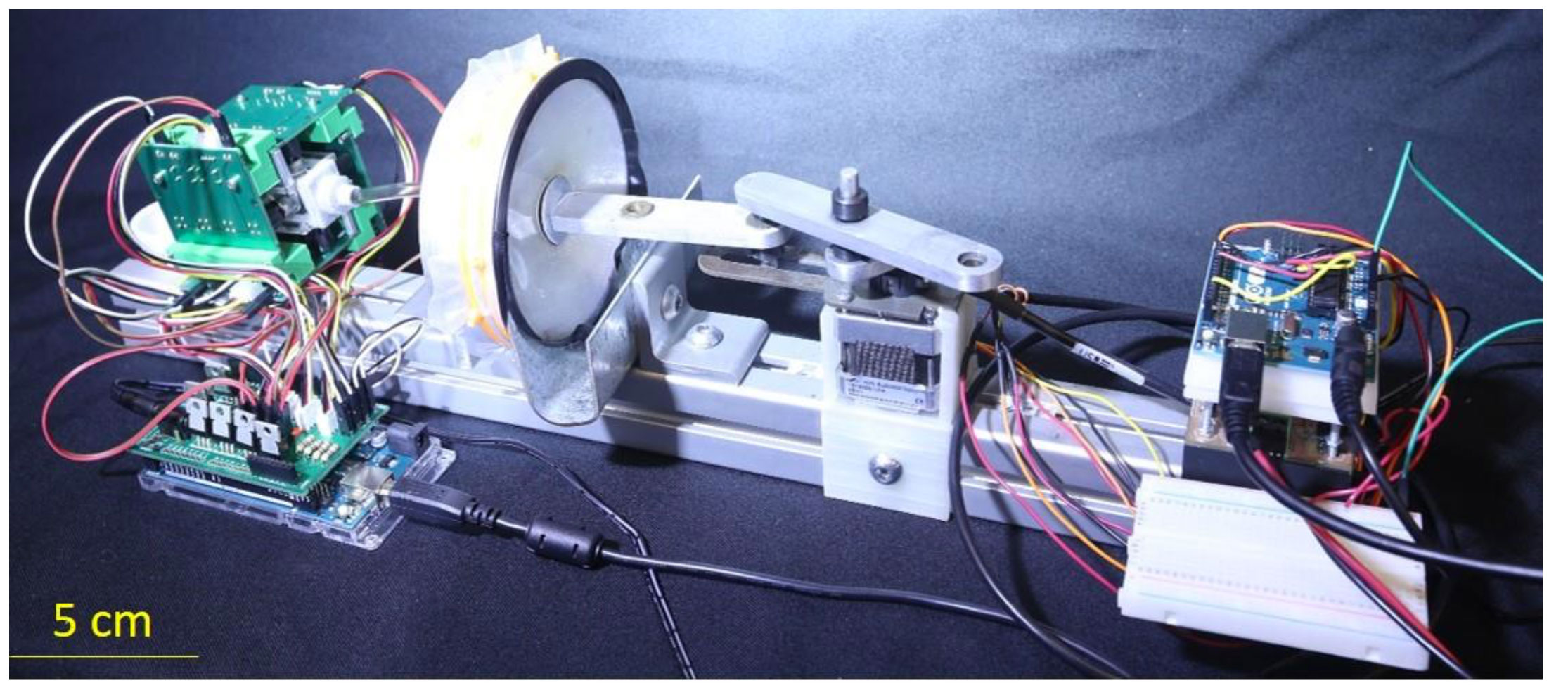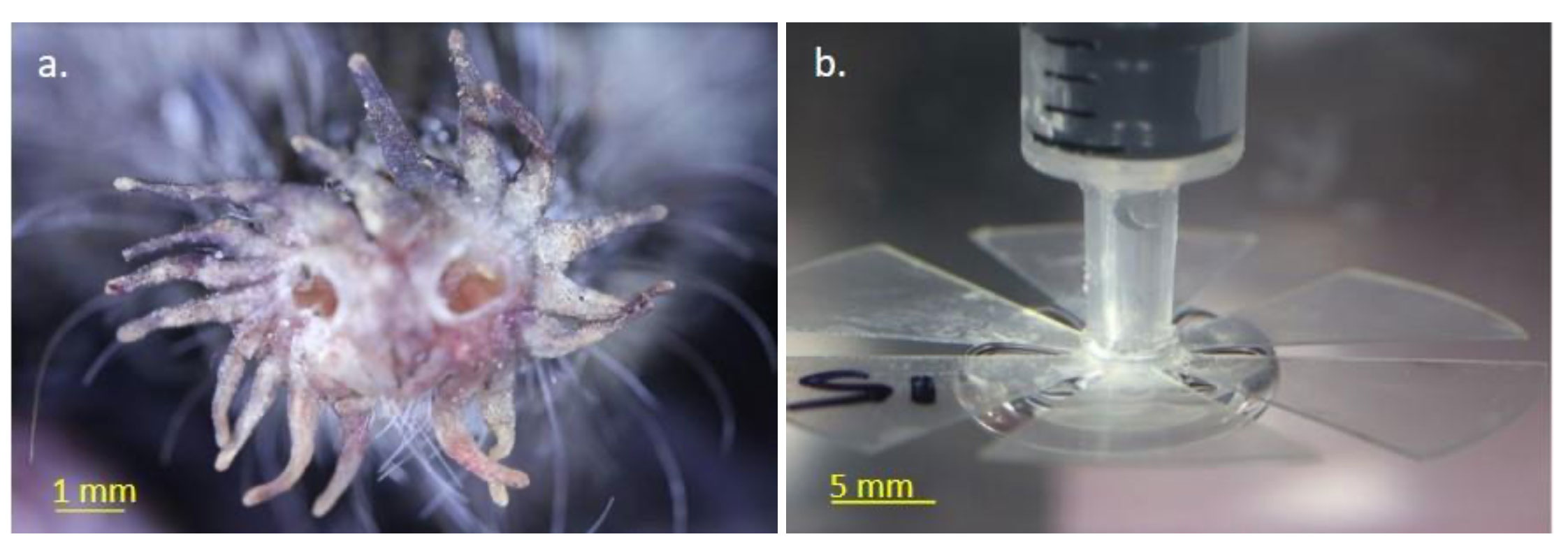This new biomimetic nose replicates the mechanics of mammalian sniffing to improve sensing of chemical agents—without the need to modify the sensor. Developed by researchers at Georgia Tech, this technology focuses on moving the gas to the sensor in a unique motion, which enhances sensitivity and detection in both air and water. The “sniffing” of the device causes a brief spike in internal pressure, which pulls the chemical molecules closer to the sensor surface, thereby enhancing detection by the sensor.
The system, known as the Gaseous Recognition Oscillatory Machine Integrating Technology (GROMIT), incorporates machine learning algorithms that use previously gathered metrics and data points to eliminate the need for human programming to address problems. These algorithms create the GROMIT “brain.” GROMIT distinguishes between samples with similar chemical composition by using the algorithms and the voltage readings that are generated when molecules displace oxygen on the sensor during a “sniff.” As GROMIT is given new samples, it can identify sources based on previous detections.
To enable sensing in liquids, the researchers developed a star-shaped end-effector known as the Marine Olfaction Laser-cut End-effector (MOLE). Its design creates a bubble attached to the star, while deformation of its specifically spaced arms stabilizes the bubble long enough for chemicals to diffuse into it—even during multiple sniffs. Together, the GROMIT and its attachment, the MOLE, can provide an electronic nose capable of extended underwater detection.
- Enhanced chemical detection: Reduces proximity issues and enhances detection
- Functional in air and liquid mediums: Can detect single or multiple chemical agents even when the medium contains both a liquid and a gas. An attachment makes it possible to use the device in liquid with air monitoring sensors.
- Continuous improvement: Uses machine learning algorithms to continually improve agent characterization
- Flexible hardware: Can be used with sensing stations that have single, multiple, or arrays of sensors
- Continuous monitoring: Does not require sensor resets between measurements, creating the possibility for continuous monitoring to identify when an unwanted agent enters the environment
- Threat detection: Detection in both air and water for:
- Defense and security: Critical infrastructure protection and earlier identification of harmful substances
- Hospitals/Offices/Schools/Other: Air monitoring for harmful agents including agents on the size scale of COVID-19
- Hydroponic greenhouses: Interior air monitoring to detect extraneous aerosols from outdoors
- Research tool: Enables environmental, biological, and chemical research
Sensors are used for early detection and warning of possible chemical/biological agents. Despite the advances of current detection technology, a universal challenge remains: Current sensors are proximity-limited and the location and/or presence of the target chemicals is often unknown. Sensors must be placed close to the target chemical or the chemical must be placed directly on the sensor, and detection is only possible if the chemical is present in sufficient concentrations. Additionally, sensors used in water (e.g., for drinking water) need frequent replacement because of corrosion. These limitations hinder security and military operations.
Georgia Tech’s technology is based on sniffing techniques in mammalian olfaction and counters the traditional limitations associated with sensors used for chemical detection. Sniffing serves to draw odors into the nose for detection. Its frequency and the resulting airflow velocity remain fairly consistent among animals, despite variations in their body sizes. Looking at these aspects of sniffing in more detail and understanding the significance of the common values in animal olfaction informed the design of this preconcentrator to improve performance in machine olfaction.

The GROMIT electronic nose.

a) Star nose mole that inspired the MOLE device design and (b) MOLE attachment for use with GROMIT.
